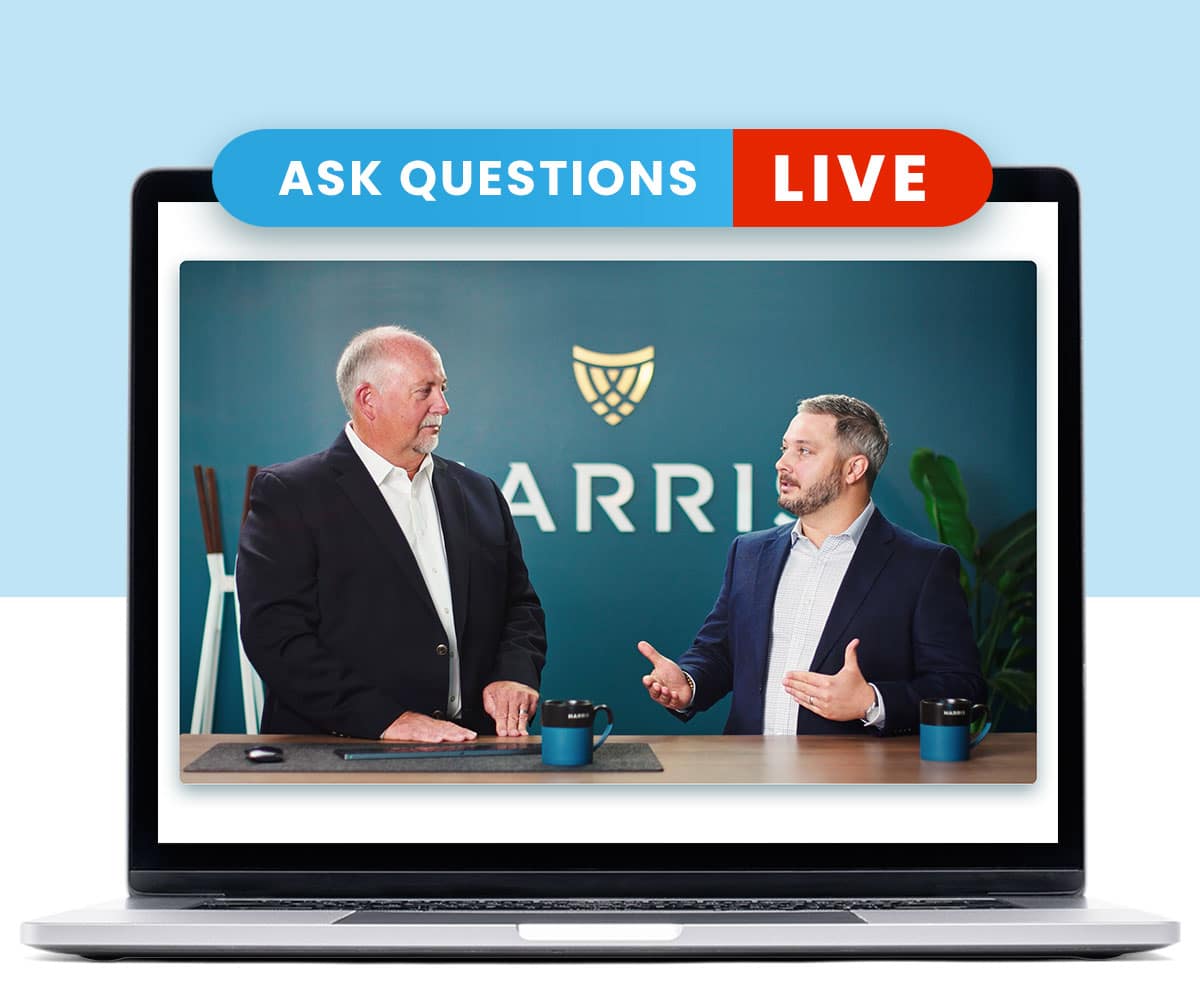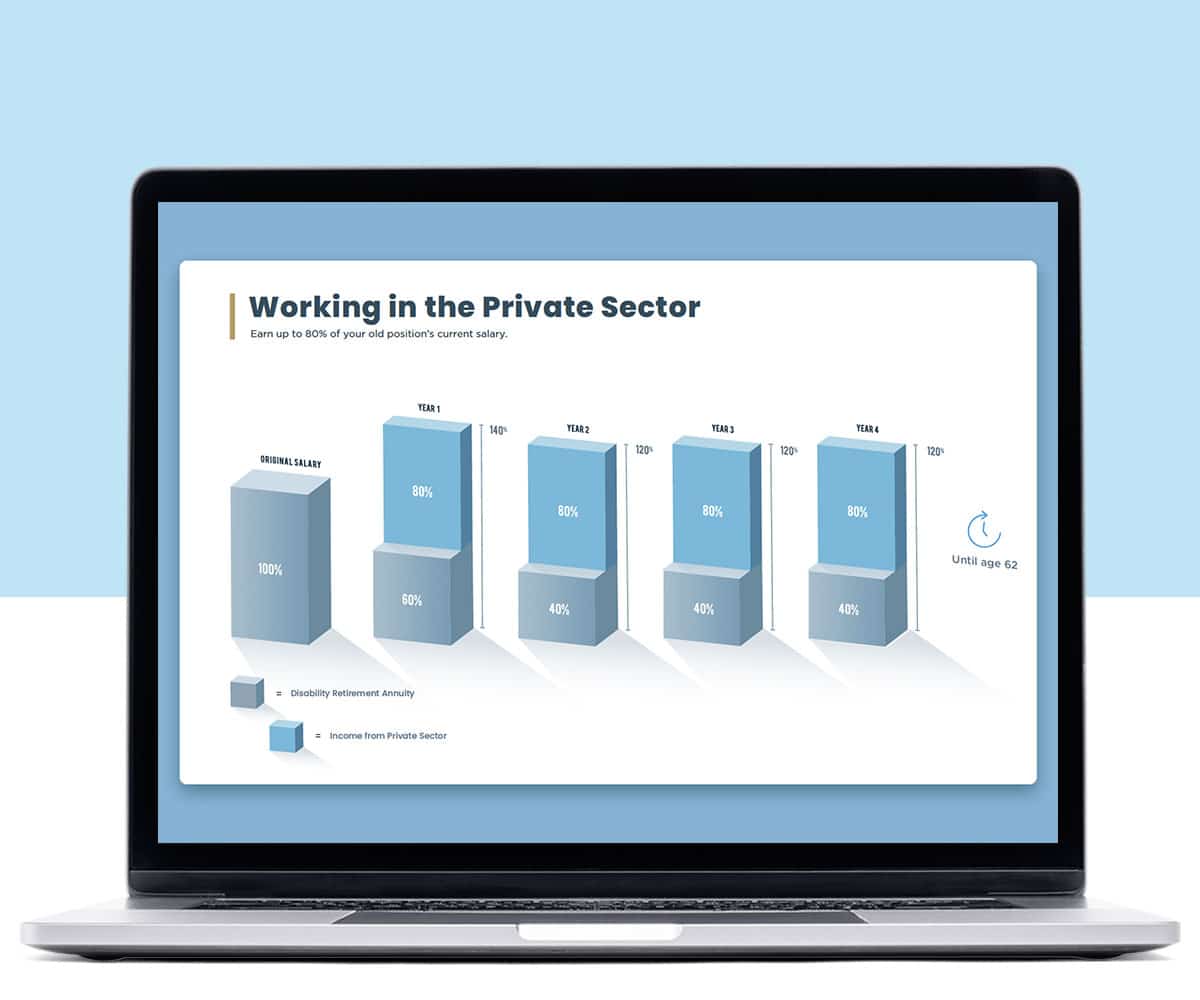If you’re considering Federal Disability Retirement, your application’s success depends largely on the strength of your medical evidence.
But how do you know which documents to get?
How can you determine what’s important and what’s not?
Are there documents that might even hurt your case?
In this article, we’ll explore the importance of medical evidence, the types of documents you need, how to make sure they’ll meet OPM’s standards, common pitfalls, and how we can help maximize your chances of approval.
What’s Medical Evidence and Why Does It Matter?
Medical evidence is any official record that details your health condition and its impact on your ability to do your job, and anything that documents the treatment you’ve received.
When applying for Disability Retirement, medical evidence serves as the foundation of your case, proving that you are physically or mentally unable to perform all your federal job duties.
Without it, the Office of Personnel Management (OPM) may deny your application.
So, it’s critical to get detailed, accurate, and compelling evidence to support your claim.
Key Types of Medical Evidence You Need
The OPM requires specific types of medical evidence to evaluate your application. Some of the most crucial kinds of documents include:
- Physician’s statement: This is a detailed written statement from your doctor that outlines your diagnosis and limitations. It should explicitly state how your medical condition hurts your ability to do at least one of the essential duties of your job. This narrative is part of the Standard Form 3112.
- Medical records:
- You’ll need to include detailed medical records about your treatment history, including test results, surgeries, hospitalizations, and treatments.
- Your medical records should also include a prognosis – how long your condition is expected to last. To qualify for Federal Disability Retirement, it should be at least one year.
- Medical imaging results, such as x-rays, CT scans, or MRIs, are also supportive.
- Specialist evaluations: Be sure to include any reports from specialists who have treated you or assessed your condition.
- Treatment plan and non-improvement evidence: You’ll want to include evidence showing that, despite ongoing treatment, your condition hasn’t improved significantly. This helps demonstrate that your condition is unlikely to be resolved in the near future.
This combination of documents helps paint a clear picture of your health and how exactly it impacts your work.
How to Make Sure Your Medical Evidence Meets OPM’s Standards
To be approved for Federal Disability Retirement, your medical evidence has to line up with OPM’s standards. Here are some tips to make sure it does:
- Establish prior treatment: Before starting the Disability Retirement application process, you need to have been treating with your medical provider for at least 6 months.
- Work with a supportive provider: Be sure to work with a doctor who’s willing to support you throughout the application process and provide all the supporting evidence and statements you’ll need.
- Consistency is key: Your medical records, specialist evaluations, and physician’s statement should all align. Any inconsistencies or unclear records can raise a red flag and weaken your claim.
Common Mistakes When Gathering Medical Evidence
Gathering medical evidence can be tricky, and there are some common mistakes that can result in a denied application you’ll want to avoid:
- Insufficient documentation: Submitting vague or incomplete medical records is one of the leading causes of denial. Make sure your evidence is detailed and specific to your condition and job limitations.
- Lack of job-related details: Your medical evidence needs to connect your condition to your inability to do your job. Try not to submit documents that only focus on your condition without linking it to your work performance.
- Missing deadlines: Failing to submit evidence on time can result in a delayed or denied application. Stay on top of OPM’s deadlines.
How We Can Help You Secure Approval
Navigating the complexities of OPM’s medical evidence requirements can be daunting, but you don’t have to go through it alone.
Our team is here to make sure your medical evidence meets OPM’s standards and presents your case in the strongest possible light.
We’ll be with you every step of the way and will work closely with you and your doctors to gather the best evidence, review your records, and make sure everything is submitted on time.
Getting approved for Federal Disability Retirement hinges on the quality of your medical evidence, but you don’t have to do this alone. Let us carry this burden for you – schedule a free consultation today to secure the future you deserve.



